Finances may force closure of golf course
Despite recent decline in care of the driving range, the Claremont Golf Course remains a welcome 9-holed outlet for Claremont residents and students. But the local fairways and putting greens may soon be a thing of the past.
Despite feigned ignorance from the Claremont University Consortium’s board of directors, who manage the college-owned community space on behalf of the colleges, a recent statement issued by Dennis Bishop, president and CEO of the local golf circuit, suggests the recreational facility might be on its last course.
“Due to a steady and steep decline in revenue since 2008, the Claremont Golf Course is facing serious economic challenges,” Mr. Bishop revealed in a statement published in an August 28 Facebook post. “The [Claremont Golf Course’s Board of Directors] opted to see whether revenue and use of the facility would improve during the summer. The result, however, was a continuing decline in revenues.
“Given these economic challenges, the Board is re-assessing its options, including the possible closure of the course,” Mr. Bishop continued. “A final decision will not be made until later this year.”
After representatives of the Consortium’s board repeatedly assured the COURIER they ahd no knowledge of the course’s potential closure, the board eventually presented the newspaper with a statement on Thursday, September 5. In it, they elaborated that that revenues from the use of the driving range and golf course have declined approximately 30 percent since 2008 and “has accelerated” within the past 12 months, putting the golf course “in a position of critical financial distress.”
According to the statement, the golf course has not made lease payments to the Consortium, who owns the property, since October 2012. “If [the golf course] had, it would have become insolvent and be out of business today.”
With several promotional offers featured on Groupon, Living Social, Facebook and other local advertising services, golf course employees “hoped to generate sufficient revenues to pay the past-due lease payments over the spring and summer of 2013, but this did not happen.”
“[The Claremont Golf Course] has decreased operating expenses to the extent possible since 2008, but currently generates negative monthly cash flows even without making lease payments,” the statement continued.
On lease from the Claremont Consortium, the Claremont Golf Course, Inc. is now in its fourth year of its 5-year lease agreement, and, according to the Consortium board, has the choice of renewing for another 5 years. Whether that will happen, between decreasing revenue and rising water costs, is still unclear.
Rumors of the potential closure began circulating in recent weeks after several instructors alleged they were told to stop booking golf classes in the latter part of this year. In phone calls with the COURIER, however, Consortium board members and Mr. Bishop denied the potential closure.
“The golf course has not been a topic for discussion at the CUC Board,” said Bonnie Clemens, secretary to the Board of Overseers and assistant to the CEO of the Consortium.
In a previous phone conversation with Mr. Bishop, he admitted the golf course had faced economic challenges, but said there were no plans to close the city’s only golf course.
The hush-hush policy was reversed on Friday, August 30 when Mr. Bishop directed the COURIER to the Facebook post.
Golfing at the Indian Hill Boulevard facility has been a staple in the Claremont community since around 1900, according to Lavinia Larson in her book Claremont Then and Now. A real estate agent who owned the land let Claremont College faculty borrow the space for use as a golf course in exchange for paying off the taxes.
The Indian Hill Golf Club carried on despite the original clubhouse burning down in 1942. It eventually closed because of economic challenges during World War II, only to reopen in the late 1950s. During this time, a portion of the golf course owned by Ellen B. Scripps was purchased by Ellen Bixby to be developed into the Rancho Santa Ana Botanic Garden, according to Ruth Henzie, the former editor of the Claremont Women’s Golf Club newsletter. Negotiations between the Colleges and the botanic garden were concluded in 1950.
In the 1970s, the Claremont Colleges considered expanding the 9-hole course to an 18-hole course, but that vision faltered after the Colleges decided to save the land for future development of a new college, according to Ms. Henzie.
Golfers, youth programs hang in the balance
It is unknown what will become of the tree-lined course, should the board decide to close down the longtime Indian Hill fixture. The Consortium board and golf course management did not respond to questions on whether or not they would consider selling to an interested buyer or hold a community forum to address future possibilities. Hanging in the balance are dozens of golfers—ranging from children to seniors—annual youth clinics and tournaments, and the handful of local schools that depend on the course to maintain their golf programs. The fate of the golfers is the most worrisome for Bruce Thompson, the Claremont course’s golf professional who has taught more than 30,000 golfers, 5000 of them youths since he started with the course 20 years ago.
After getting out of the Marine Corps in 1965, Mr. Thompson turned to golf as a vehicle for discipline and to continue to challenge himself. He now spends his time providing others with the same outlet. In his tenure, he has helped patients from Casa Colina use the golf course for rehabilitation; helped students from Claremont High School, Montclair, Chaffey and the Claremont Colleges expand their education and encouraged seniors through the Claremont Adult School to make the daily trek to the range.
“It’s their home away from home,” he said. “I don’t know what they would do without it.”
Equally troubling to Mr. Thompson is thinking of what will become of the youths who depend on this local resource. One of his proudest accomplishments at the Claremont Golf Course remains the thriving junior golf clinic, composed of 5 Saturdays of instruction culminating in a 5-hole tournament. The clinic has been a mainstay for young golfers around the region, hailing from Claremont, Pomona and east to Fontana. After learning their way around the local course, many have gone on to play high school and college golf, and a few have even made it to professional play. Sydnee Michaels, a former student of Mr. Thompson’s, just competed in last weekend’s LPGA Safeway Classic.
While other youth programs have closed up shop, the Claremont Golf Course youth clinic has kept on chugging. Now, its futures is in danger.
“That would be the biggest downfall,” he noted. “It would be a shame to not see these [young golfers] progress.”
Twelve-year-old Ariston Polanco, who practiced his swing with dad Henry Polanco on Tuesday, says he has learned a lot from his weekly lessons and tournaments with Mr. Thompson. Claremont’s easy 9-hole course also means father and son can come out more often for a quick game of golf to hone his skills.
“I would be really sad if it closes,” Austin shared.
Former CHS teacher and basketball coach Lowell Rice, whose time at the local course was a family affair, shares his sentiments.
“We’ve all [his whole family] played there, Dave [UNLV head basketball coach Dave Rice] more than any of us. I would really be disappointed if it closed.
“It’s just a nice little course,” he continued. “People have to make business decisions, but I think for our community it would be disappointing.”
After word of the potential closure broke last week, many concerned locals have come forward to brainstorm ways to save the course and to share their favorite golf memories.
Ralph Tecotzky remembered learning to play the game as a 16-year-old Claremont High School student, heading to the course after school with friends. The Claremont resident now enjoys taking his son to the course to share in his cherished pastime.
“There aren’t a lot of communities who have a little golf course like we have here,” Mr. Tecotzky said. “It would be a shame for the course to be closed just for another bunch of buildings.”
It is unclear if the land will remain open recreation space or if the colleges have their eyes on development. Mr. Thompson holds out hope that the space will remain a golfers’ haven for years to come.
“It really would be a real loss to the community,” Mr. Thompson said. “We are hoping, praying for a reprieve.”
—Beth Hartnett
news@claremont-courier.com

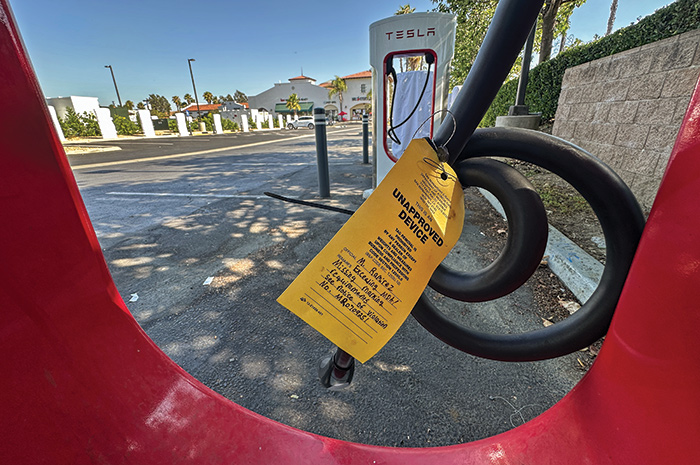
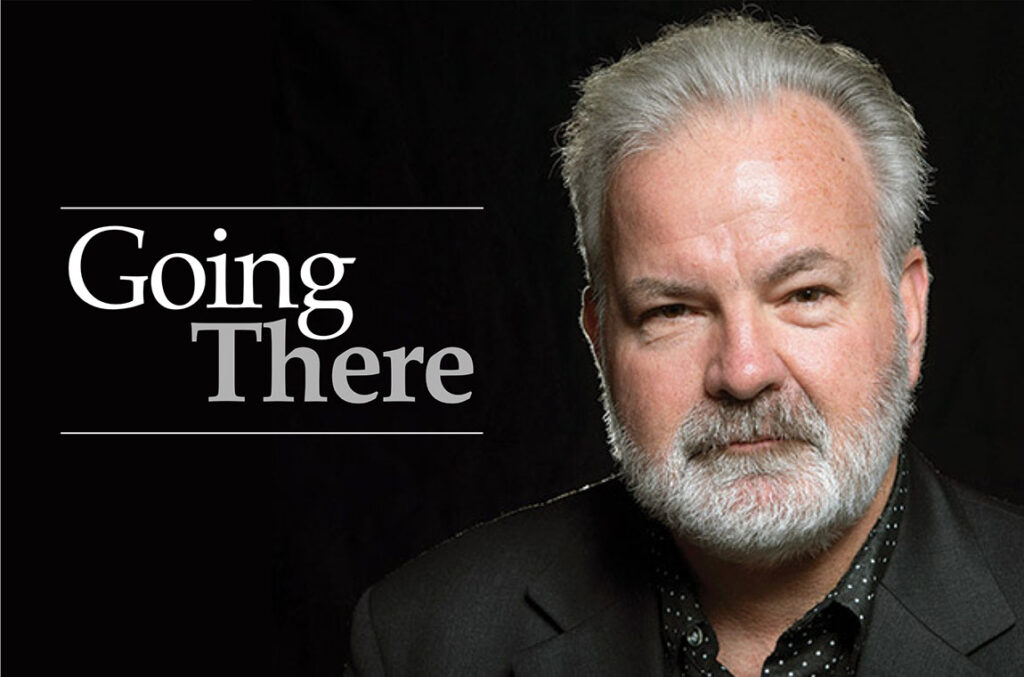
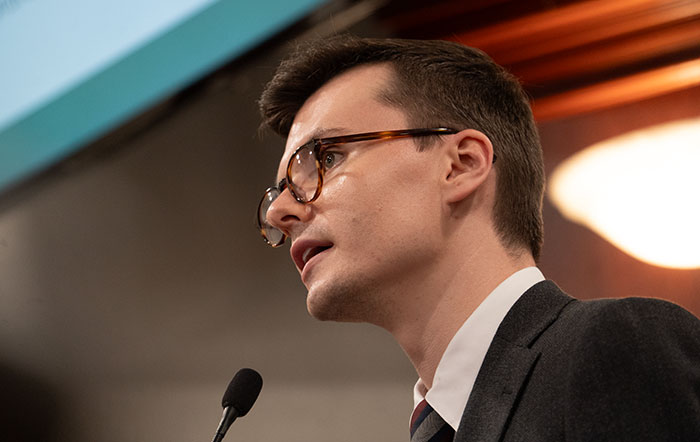

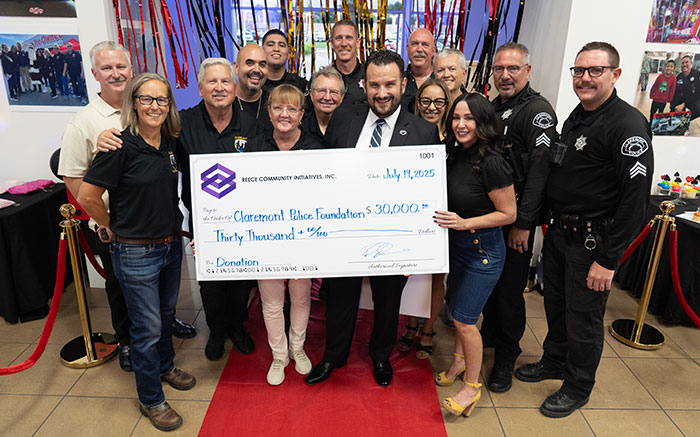
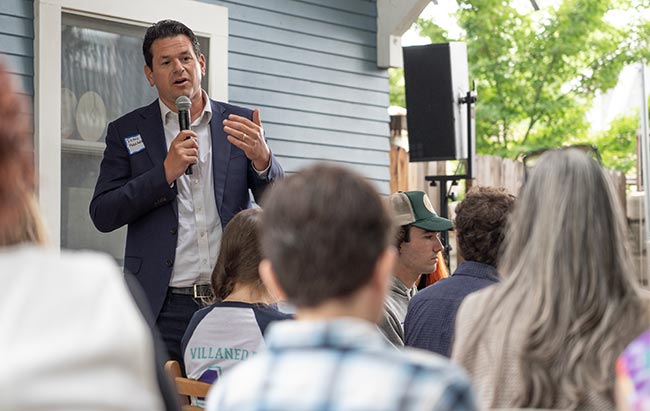

0 Comments